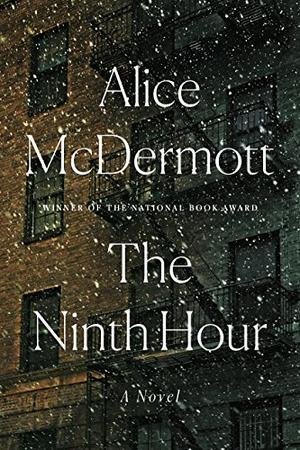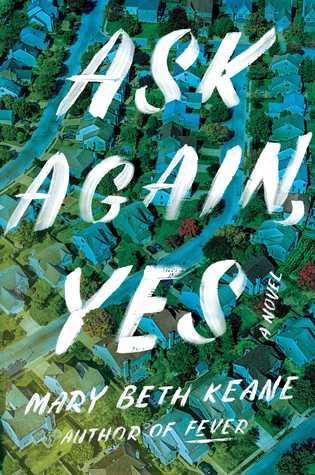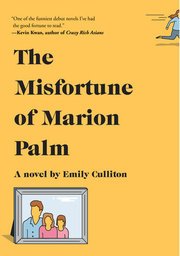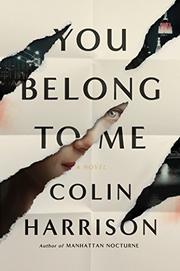The Irish author Colm Tóibín has an uncanny ability to get inside the heads of his characters, especially the female characters. The three historical novels reviewed here highlight this talent of his, as well as his plot-driven explorations of everyday life in the later twentieth century, both in rural Ireland and in New York City.
Brooklyn Colm Tóibín (2009) Eilis Lacey is a young woman in 1950s Ireland who is persuaded to set off to work in the United States, landing in Brooklyn. The contrast between the straightlaced, hidebound Irish town of Enniscorthy, where she grew up, and vibrant, pulsating New York could not be greater. At a dance, she meets a handsome plumber from a rollicking Italian American family and falls in love. How Eilis then becomes trapped in a heartbreaking love triangle is intricately plotted to the last page of the novel. (The film version of Brooklyn stars Saoirse Ronan as a pitch-perfect Eilis, and the cinematography is stunning.)
Nora Webster Colm Tóibín (2014) For this novel, Tóibín takes us back to Enniscorthy, in rural southeast Ireland. It’s now the late 1960s, and the title character is a recently widowed woman with four children. Having lost her beloved husband, Nora Webster has to make many decisions on her own over the next few years. Tóibín probes her deliberations. Should she sell the family’s summer cottage? Should she get a full-time job or try to rely on her widow’s pension? How should she deal with her grieving children, who range in age from early teens to early twenties? Nora’s daily life is set against the backdrop of The Troubles, the very violent conflicts between Protestants and Catholics, primarily in Northern Ireland but also spilling over into the Republic of Ireland. (I lived in Dublin in this period and found Tóibín’s local color highly accurate.) Tantalizingly, he mentions in passing Eilis and other characters from his novels Brooklyn and Long Island, and the novel Nora Webster fills in much of the community background for those two novels. Some reviewers consider Nora Webster to be Tóibín’s masterpiece. I didn’t want her story to end.
Long Island Colm Tóibín (2024) It’s now 1976, and Eilis is living fairly contentedly with her husband and two teenaged children in a middle-class neighborhood on Long Island. In the opening chapter of the novel, a man comes to her door and announces that his wife is pregnant with a child fathered by Eilis’s husband. The man vows that when the child is born he will drop it on her doorstep. Eilis struggles mightily with this news, deciding to travel to Ireland at the time of the expected birth. This visit, ostensibly for her mother’s eightieth birthday, is her first trip to her homeland in twenty years. Meanwhile, back in Enniscorthy, the characters introduced in the novels Brooklyn and Nora Webster have evolved in their own Irish way. The return of Eilis to Ireland resurrects many secrets and sets in motion a distressing chain of events.
For the most reader satisfaction, do read these novels in chronological order. I hope you enjoy the work of Colm Tóibín as much as I did!


























